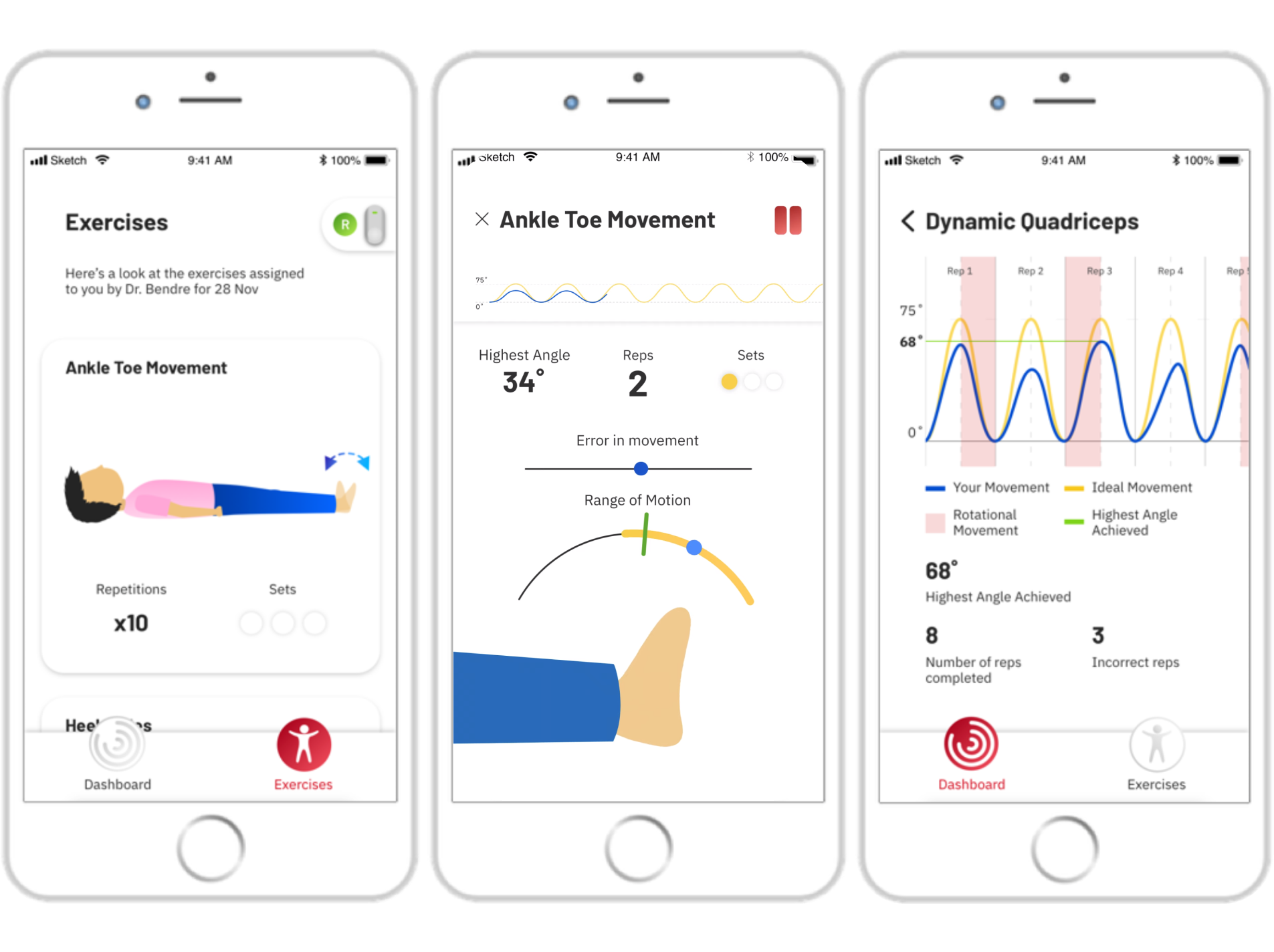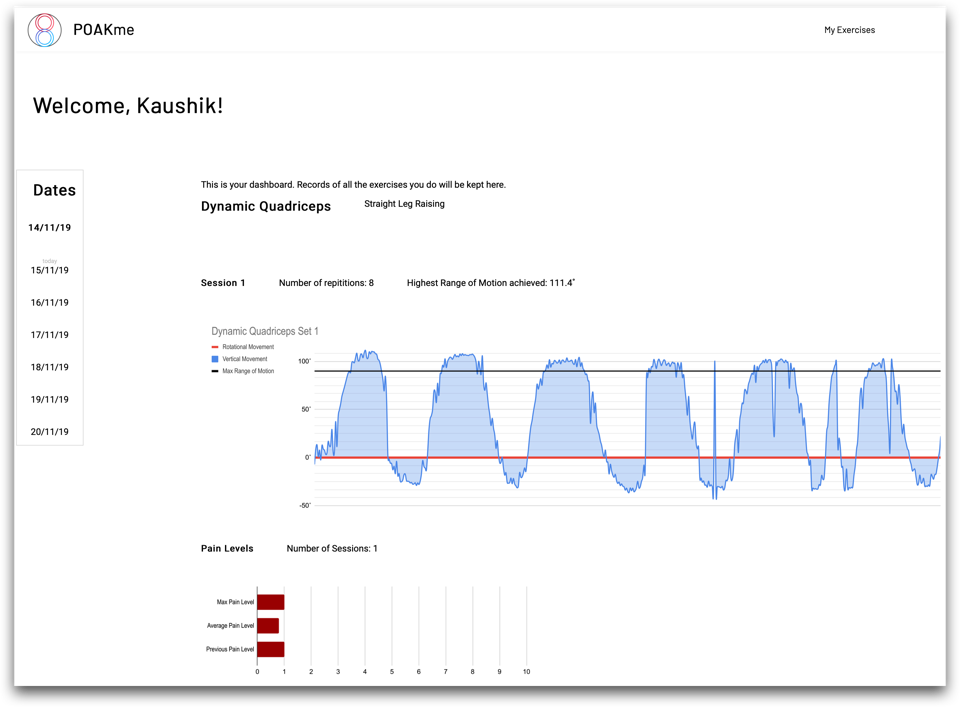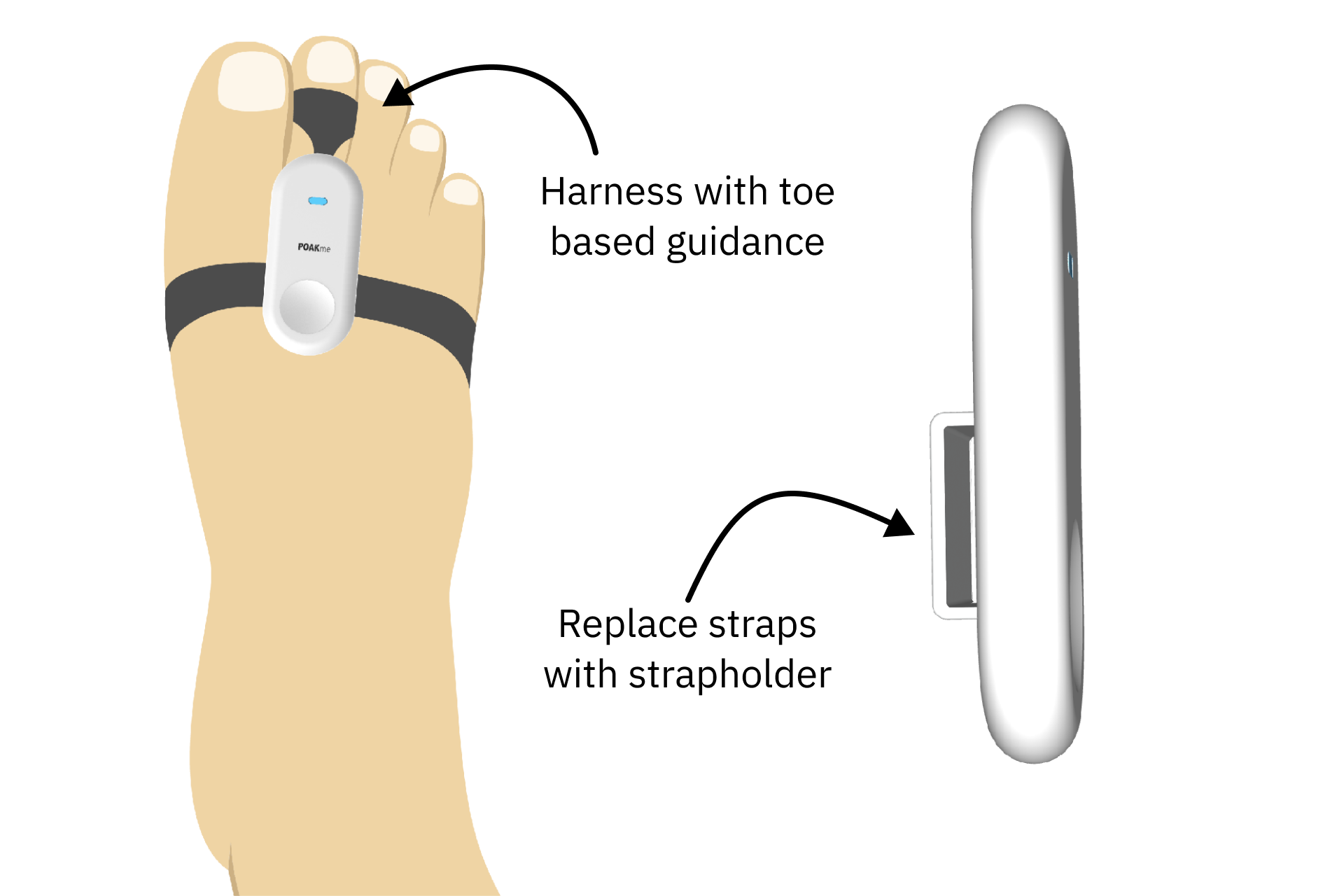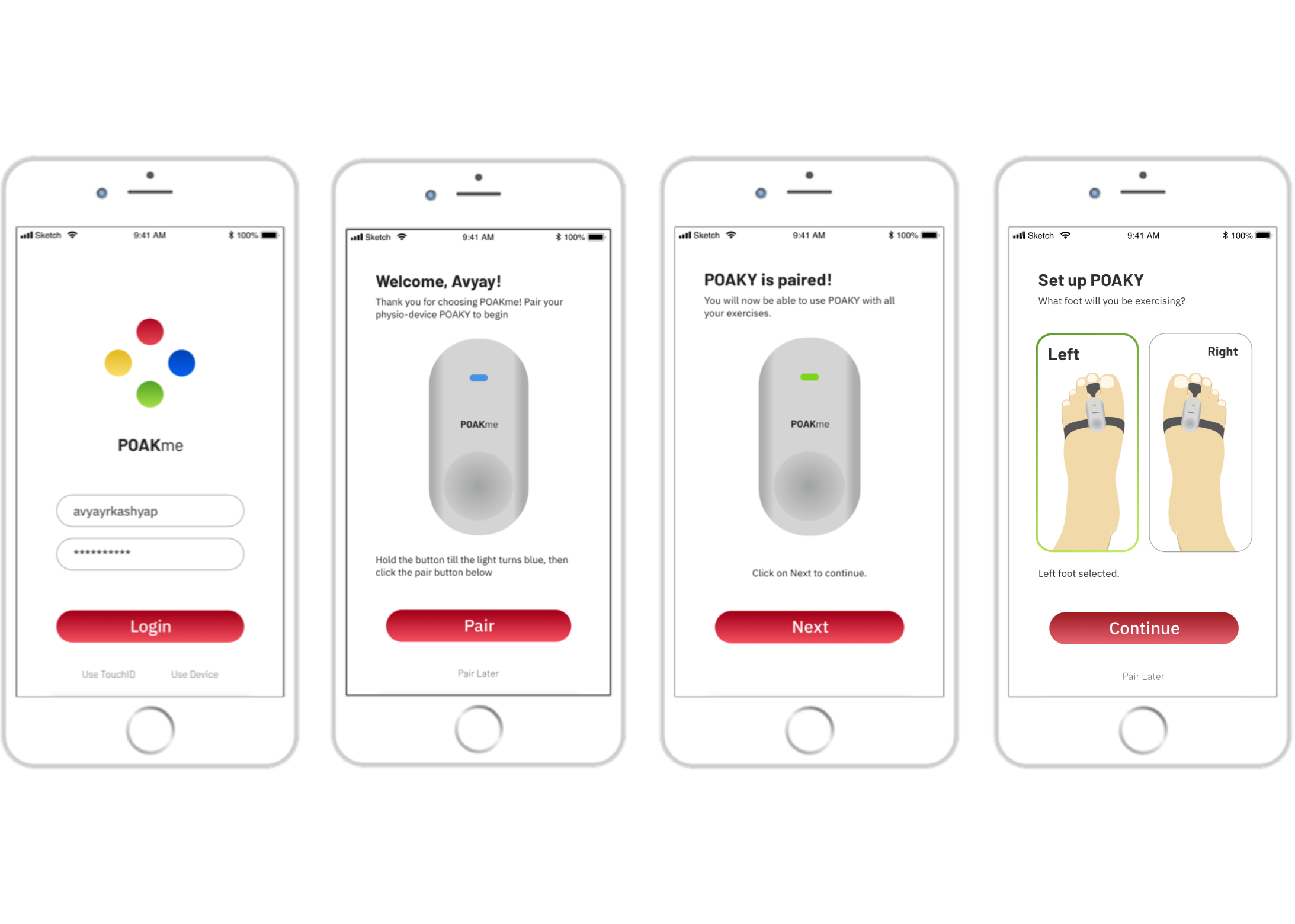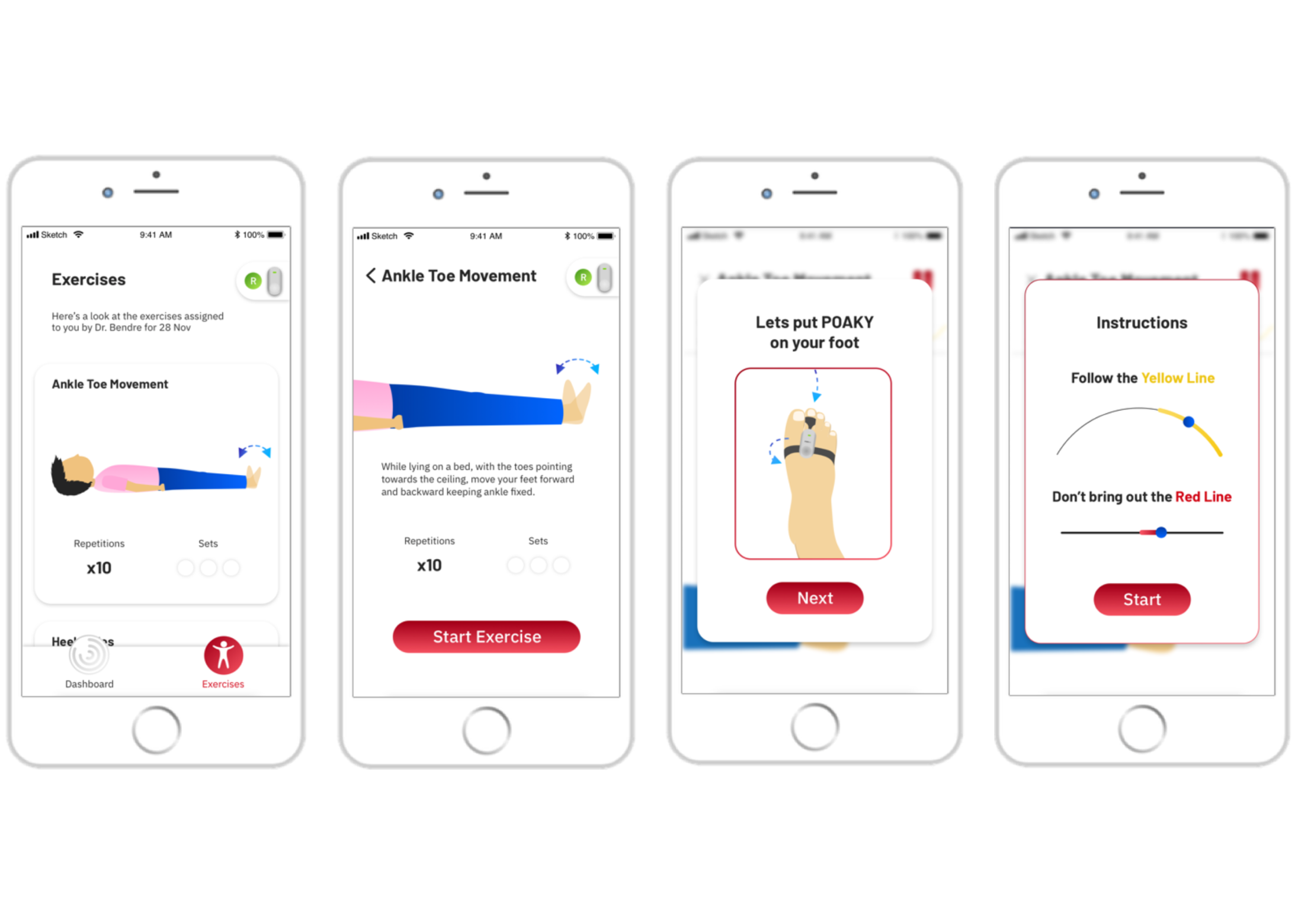Provide real-time feedback
Recording exercises provides a visual record of an individual's performance, offering valuable reflective feedback and enabling the identification of long-term trends that might have been otherwise missed, ultimately leading to improved exercise outcomes.


